- Home
- Jewelry catalog Jewelry catalog
- Diamonds Diamonds
- IQ Diamonds Studio
- Stocks
- Calculator
- Information
- About company
-
Ask a question
1121059, Moscow,
Bolshaya Dorogomilovskaya str., 1st, 2nd floor
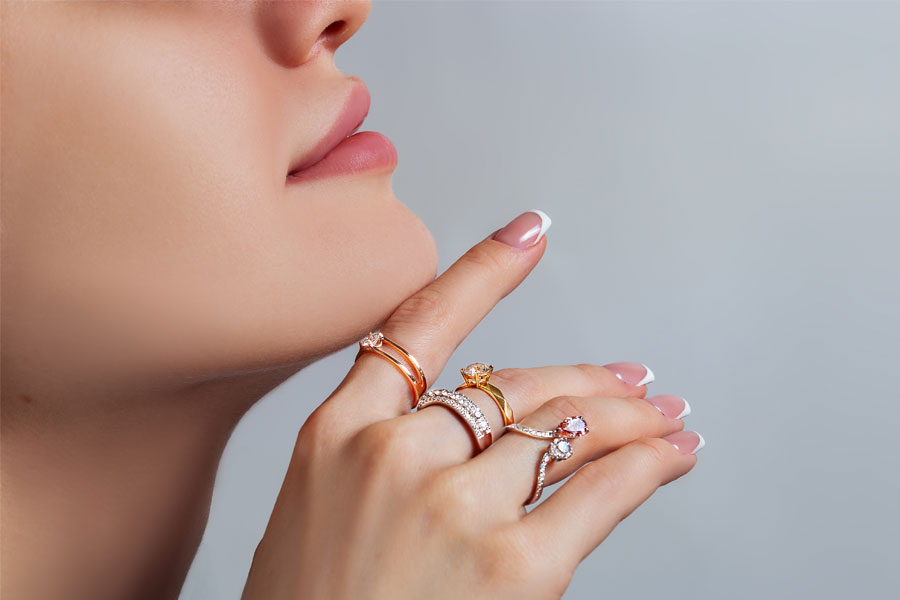
All for Diamonds
12.25.2023
Recently, a lot of jewelry with artificial diamonds has appeared in jewelry stores at ridiculous prices. An “artificial” stone may hide an ordinary crystal, cubic zirconia, or... What kinds of diamond substitutes there are, and how they differ from real ones, we will tell you in the article.
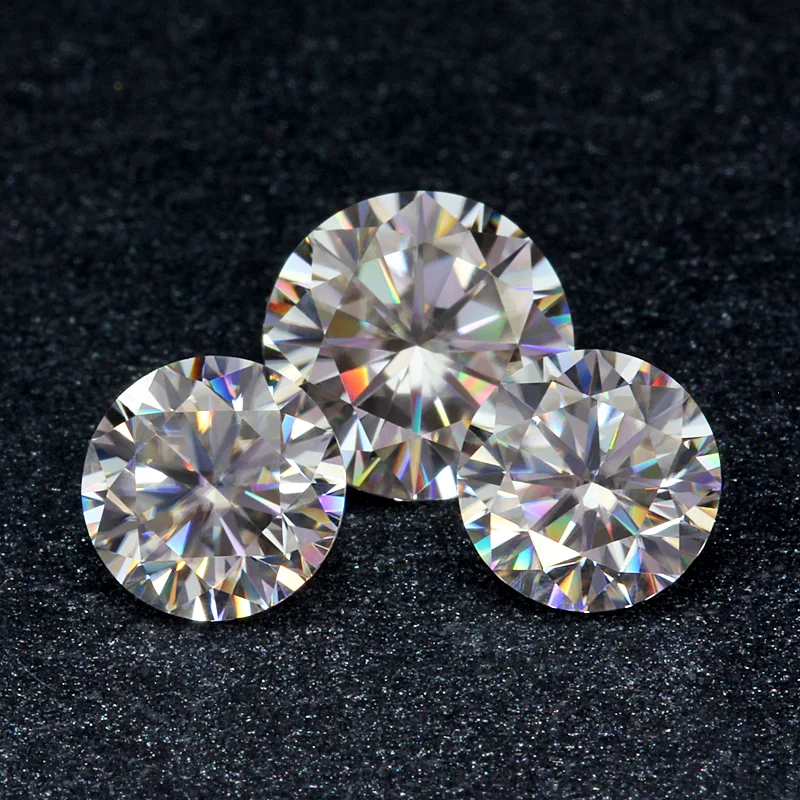
Moissanite is not a diamond, but just a substitute, albeit similar in its characteristics.
Actually, moissanite is a space stone. It is formed in very small sizes in small quantities when a meteorite collides with the earth. Under the influence of high temperatures, silicon carbide is transformed into an incredibly rare stone - natural moissanite. You cannot buy jewelry with natural moissanite in a regular store.

Externally, moissanite can be distinguished by its shine. The diamond glows white, and the moissanite shimmers with all the colors of the rainbow.
Typically, buyers are offered moissanite created in a laboratory. Outwardly, it looks like a diamond - a transparent, faceted stone, but has nothing in common with a diamond.
What is the difference:
When enlarged, the doubling is noticeable. Usually this effect is visible even through a jewelry loupe - the moissanite seems to split into two. Real diamonds do not have this effect.
Moissanite creates a rainbow effect due to double refraction of light. When light passes through the stone, rainbow flashes appear. It looks like theres a disco ball sparkling on your finger. Real diamonds have a single refraction and do not spark like that.
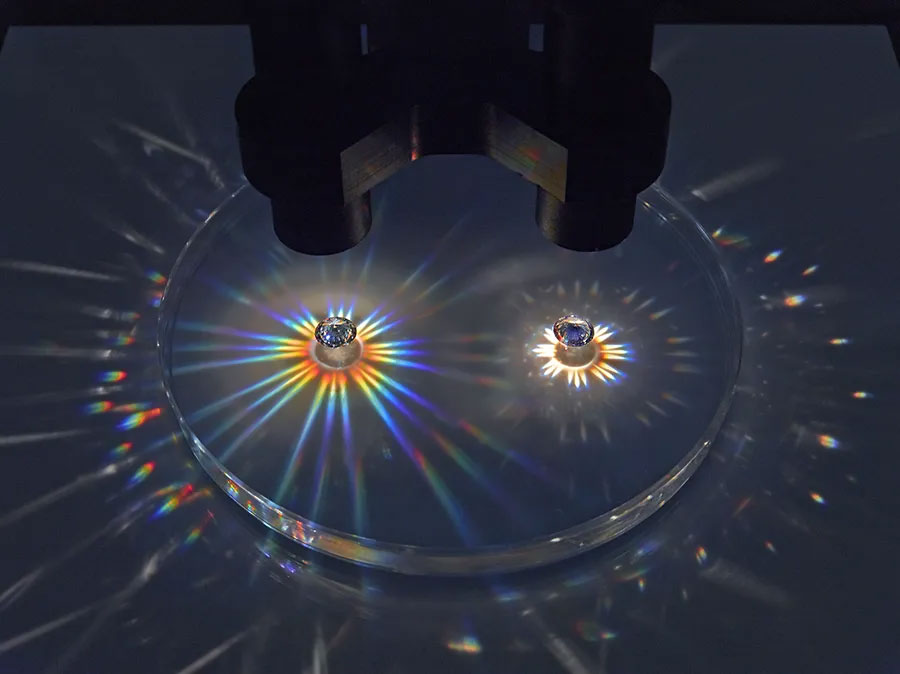
The photo shows that the diamond’s glow is uniform and not as bright as that of moissanite.
Moissanite cannot be classified on a 4 C scale. Real diamonds have many shades, while moissanites have almost no color. They cannot be classified by color.
It’s the same with cutting—moissanites don’t polish as well as diamonds. When zoomed in, you can see that many of the edges are rounded. Real diamonds have clear, sharp edges. There are no curves or rainbow glow.
Cubic zirconia or cubic zirconia is another imitation of a real diamond.
Cubic zirconia is colorless and looks like a diamond to the untrained eye, but has nothing in common with it. Diamond is carbon, and cubic zirconia is zirconium dioxide. Different chemical compositions affect the physical and optical properties of a gemstone.
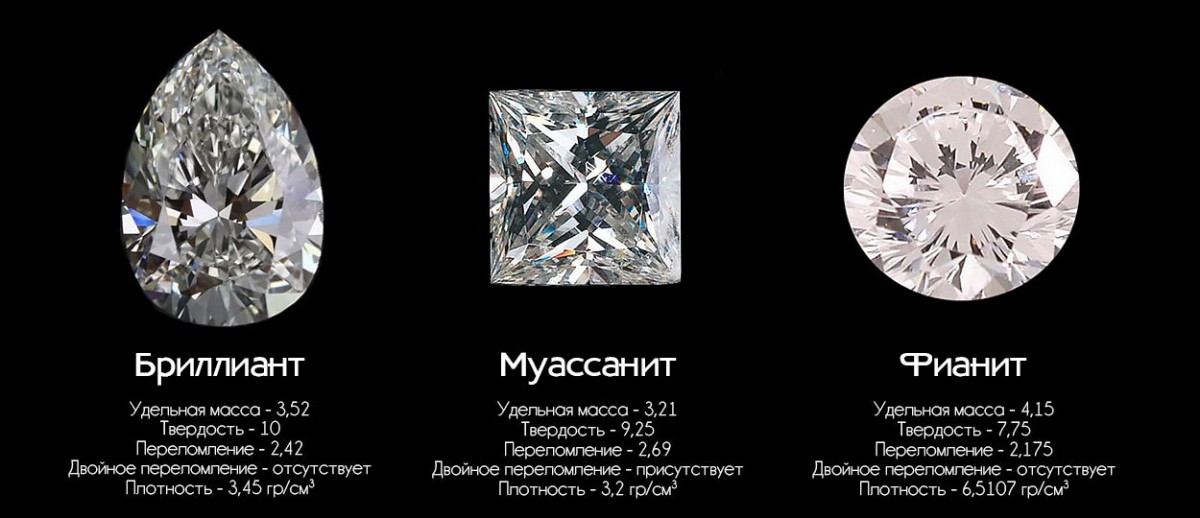
If you put a diamond, moissanite and cubic zirconia next to each other, the difference will be noticeable.
What is the difference:
Cubic zirconia is softer and can be scratched if accidentally hit. The pure carbon from which lab-grown diamonds are made is considered the hardest substance on earth—10 on the Mohs scale—and is extremely strong and durable. Zirconium, on the other hand, has a hardness of only 8-8.5 points on the same scale - it can withstand daily wear, but if the stone is dropped, chips or scratches will appear on it.
Cubic zirconia is sensitive to heat. Heating may cause it to become dull. Even simple cleaning of the apartment or washing the dishes can ruin the decoration. Many jewelers even refuse to repair or reduce jewelry with cfianite for fear of damaging the stone.
Cubic zirconia is slightly denser than a real diamond, which means it is heavier. A cubic zirconia and a 1 carat lab diamond will differ in size - the cubic zirconia will be smaller.
ФCubic zirconia is dimmer.. The light dispersion of a grown diamond is 58% greater than that of cubic zirconia. Cubic zirconias do not sparkle so brightly in the sun, and over time they may even become cloudy.
Real diamonds do not lose their shine, are not afraid of heat, and certainly will not get scratched if you accidentally drop the jewelry on the floor.
Crystals, unlike cubic zirconia, sparkle dazzlingly in the sun. But this shine is not the same as that of real diamonds - there is no depth of color, no play of sparks.
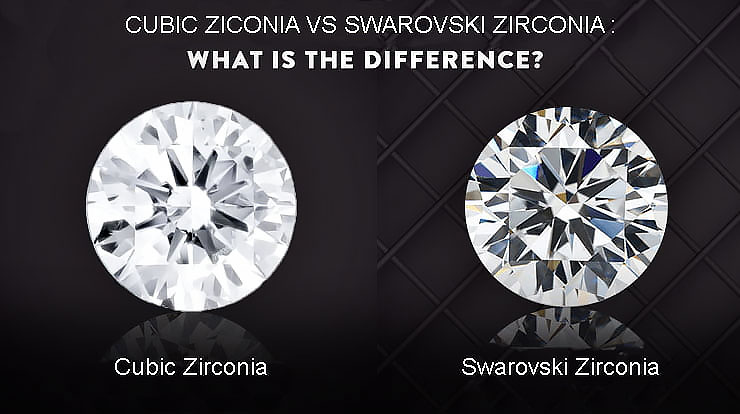
Swarovski crystals are made from artificial crystal, the surface of which is coated with a special coating that gives the stones extraordinary shades. However, crystals have nothing in common with diamonds. They are fragile, scratch on hard surfaces and fade over time.
Laboratory diamonds are the only type of artificial diamonds identical to natural ones. These are the real diamonds that technologists grow in the laboratory.
What are the similarities between natural and laboratory diamonds?
Moissanite, cubic zirconia, and Swarovski crystals be interwoven with diamonds - they are also transparent and sparkle in the sun. But they are not actually diamonds.
If you want to buy a decent piece of jewelry with a perfect gemstone and a favorable price, choose laboratory-grown diamonds, the very gift that will stay with you FOREVER!
Log in to your personal account